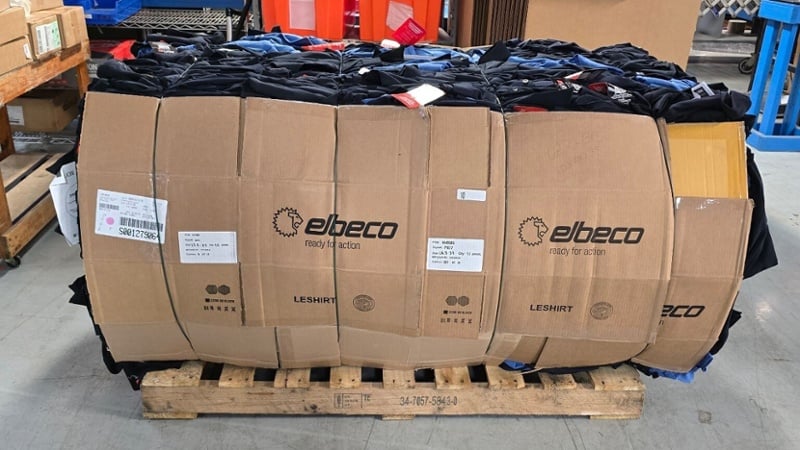TRAIN YOUR WAY...THE WAY THAT WORKS
Fire safety is paramount in ensuring workplace and community safety. Effective fire extinguisher training can be the difference between a minor incident and a catastrophic disaster. However, traditional training methods often fall short in terms of engagement, effectiveness, and practicality. In this blog post, we will explore the national standards for fire extinguisher training, traditional training methods, the drawbacks of conventional approaches, and the exciting advancements in Fire Extinguisher Training (FET) technology that are transforming how industries and communities prepare for fire emergencies.
National Standards for Training:
Fire extinguisher training is not just a best practice; it's a requirement enforced and standardized by regulatory bodies such as OSHA and NFPA:
-
OSHA Standards (1910.157): OSHA mandates that employees receive fire extinguisher training upon employment and at least annually thereafter. This training covers general principles of fire extinguisher use and hazards involved with firefighting.
-
NFPA 10: The National Fire Protection Association recommends fire extinguisher training for individuals who may need to use them. It includes initial training for new employees, periodic refresher training, and hands-on exercises simulating real-life fire scenarios.
Traditional Fire Extinguisher Training:
Traditional fire extinguisher training often involves classroom discussions, calling the fire department, and making a mess in a parking lot. However, these methods come with their drawbacks:
-
Lack of Engagement: Traditional training methods may fail to engage participants effectively, leading to limited retention of critical information.
-
Difficulty in Regular Training: Setting up and conducting traditional training sessions regularly can be logistically challenging and time-consuming. Often calling the fire department is necessary or not feasible due to scheduling conflicts or availability.
-
Low Efficiency: Traditional training methods often provide limited hands-on experience, which may not adequately prepare individuals for real-life fire emergencies. Traditional training may only involve watching a video or two to three people having the chance to try a fire extinguisher while the rest of a group simply watches in the wings.
HANDS ON TRAINING:
The Importance of Hands-On Training in Fire Extinguisher Training
When it comes to fire extinguisher training, there is no substitute for hands-on experience. While theoretical knowledge about fire extinguishers is undoubtedly valuable, the ability to apply that knowledge effectively in a real-world emergency is what truly matters. Here, we'll delve into why hands-on training is crucial in fire extinguisher training and how it significantly enhances the preparedness of individuals and organizations.
1. Practical Skill Development:
Hands-on training allows participants to develop practical skills for using fire extinguishers effectively. They can familiarize themselves with the weight, feel, and operation of different types of extinguishers. This tactile experience builds muscle memory and confidence, enabling them to respond swiftly and accurately during an actual fire emergency.
2. Confidence Building:
Hands-on training instills a sense of confidence in individuals. Knowing how to handle a fire extinguisher and having practiced doing so creates a sense of empowerment. In a high-stress situation, confidence can make all the difference, ensuring that individuals don't hesitate when seconds count.
3. Realistic Scenario Simulation:
Hands-on training can replicate realistic fire scenarios, allowing participants to apply their knowledge in a controlled environment. For instance, the BullsEye Digital System and ITS Live Fire System mentioned earlier provide safe and realistic training experiences that mimic actual fires. Participants can use extinguishers to put out simulated fires, gaining valuable experience.
4. Familiarity with Different Extinguisher Types:
Different types of fires require different types of extinguishers. Hands-on training allows participants to become familiar with the various extinguisher types and their applications. They can learn which extinguisher to use for specific fire classes, such as Class A (ordinary combustibles), Class B (flammable liquids), and Class C (electrical fires).
5. Muscle Memory for Quick Response:
In an emergency, panic can set in, and rational thinking may be compromised. Hands-on training helps build muscle memory, enabling individuals to react swiftly and instinctively when faced with a fire. This muscle memory ensures that the proper steps are followed without hesitation.
6. Effective Decision-Making:
Hands-on training reinforces effective decision-making under pressure. Participants learn to assess the size and scope of a fire and determine whether it can be safely extinguished or if evacuation is the best course of action. This critical thinking is honed through practical experience.
7. Compliance with Regulatory Standards:
Many regulatory bodies, including OSHA and NFPA, emphasize hands-on fire extinguisher training as a key component of compliance. By providing hands-on training, organizations ensure that they meet these standards, reducing the risk of non-compliance and potential penalties.
The Effectiveness of Fire Extinguisher Training by the Numbers:
The importance of effective fire extinguisher training becomes evident when you consider the following statistics for nonresidential building fires in 2021:
- 116,500 fires
- 115 deaths
- 1,025 injuries
- $3,697,200,000 in dollar loss
With these numbers in mind, improving the effectiveness of fire extinguisher training is paramount in minimizing loss of life and property damage.
Advancements in FET Technology:
Fortunately, advancements in Fire Extinguisher Training (FET) technology are revolutionizing the way organizations prepare for fire emergencies. Some notable technologies include:
- R.A.C.E. Station: An interactive system that engages users and makes training fun.
- BullsEye Digital System: Offers effective hands-on training and repeatable, clean simulations.
- ITS Live Fire System: Provides a safe and realistic training experience.
- VR Systems: Allows training to be conducted indoors or in specific locations, enhancing flexibility.
Train Your Way:
Incorporating FET tools enables organizations to tailor their training to their specific needs. Remember the saying, "The more you sweat in training, the less you bleed in battle" – Navy SEALs understand the importance of realistic and effective training.
Industry-Specific Use Cases:
-
Healthcare: In healthcare facilities, FET technology ensures that all shifts are equally prepared for emergencies. Tailoring training to facility needs and creating various emergency scenarios is crucial.
-
Education: Schools and universities benefit from FET technology for staff and student fire prevention training, fire drills, and fostering engagement among participants.
-
Manufacturing: Manufacturing industries use FET technology to reduce downtime for training and ensure flexibility in training new hires.
-
Travel and Transportation: Ensuring that personnel in travel and transportation industries are well-prepared for fire emergencies is essential for passenger safety.
-
Food Service: Food service establishments use FET technology to train their staff effectively in fire safety, reducing risks in the kitchen.
-
Military and Law Enforcement: FET technology aids in training military and law enforcement personnel to respond efficiently to fire emergencies during their operations.
-
Government Agencies: Government agencies benefit from FET technology to ensure personnel are well-prepared for emergency situations, including firefighting.
Fire extinguisher training is not only a legal requirement but a crucial aspect of safety. The transition from traditional training methods to FET technology ensures that training is engaging, effective, and customized to meet specific needs across various industries. Embracing these advancements can save lives, reduce property damage, and demonstrate a commitment to safety within organizations and communities. Fire safety education is evolving, and FET technology is at the forefront of this transformation.
Popular posts
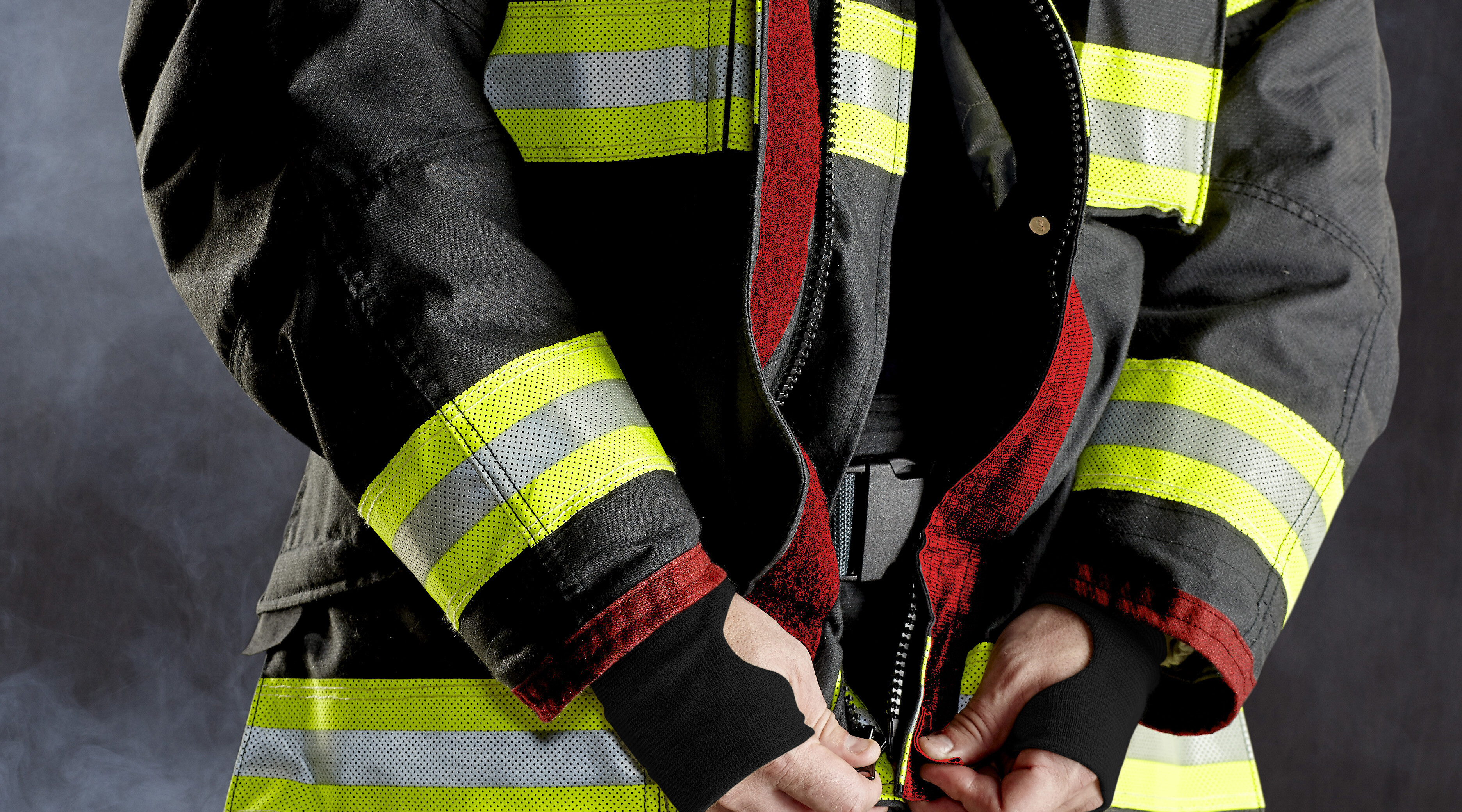
.jpg)

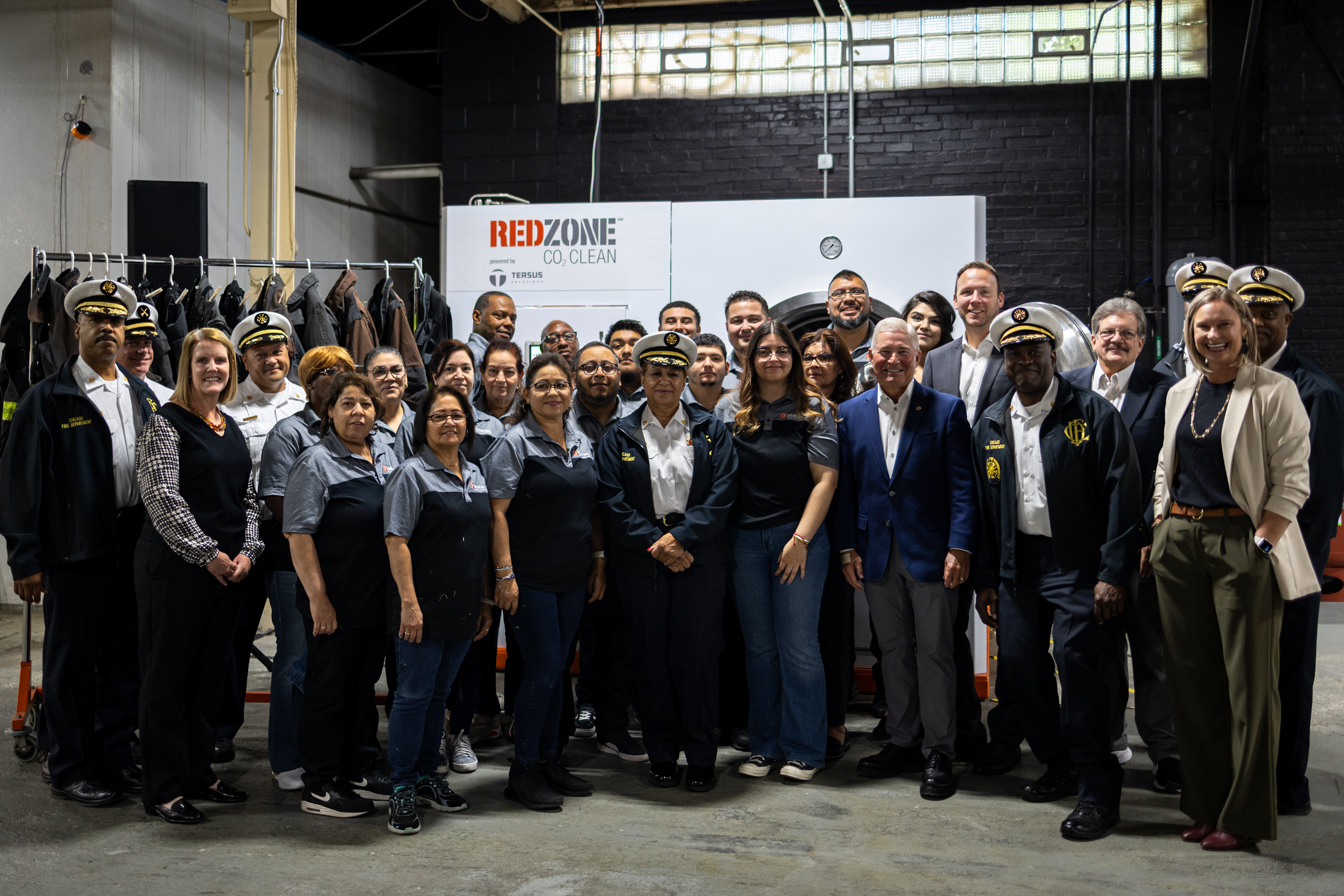
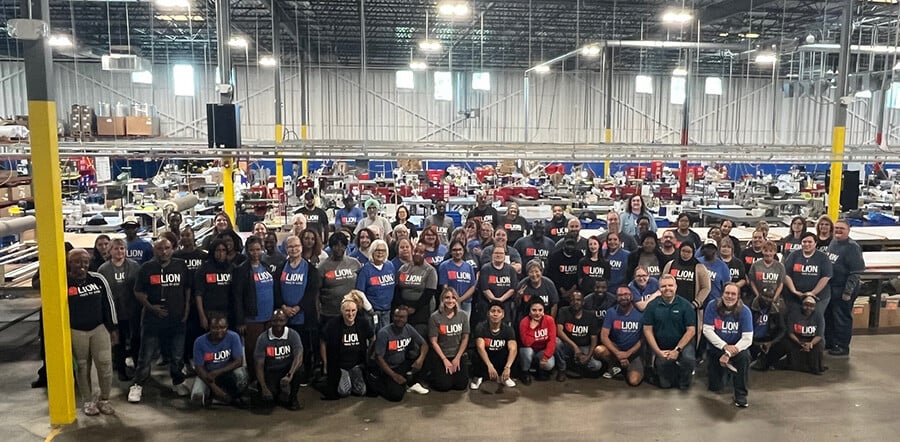
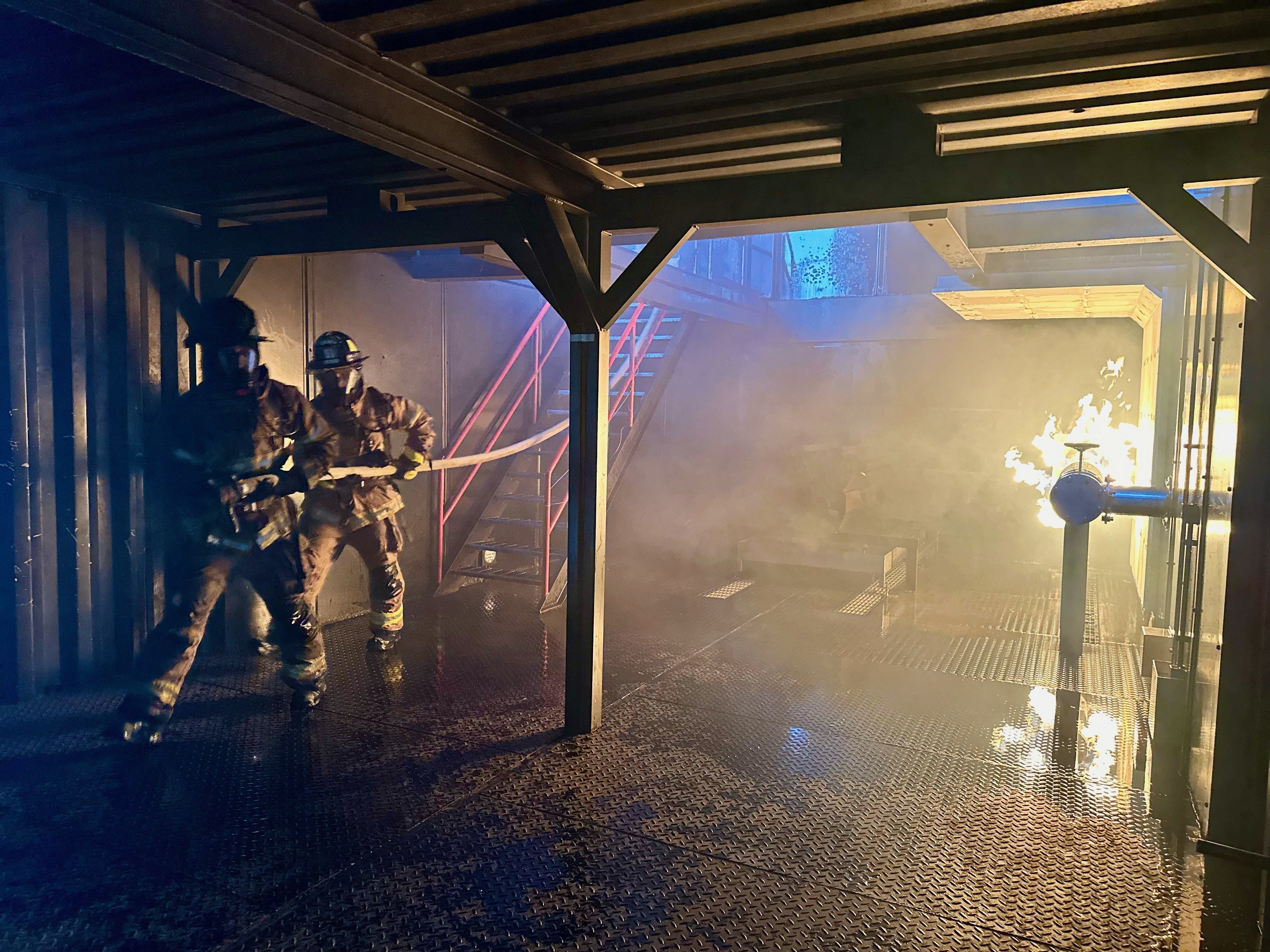
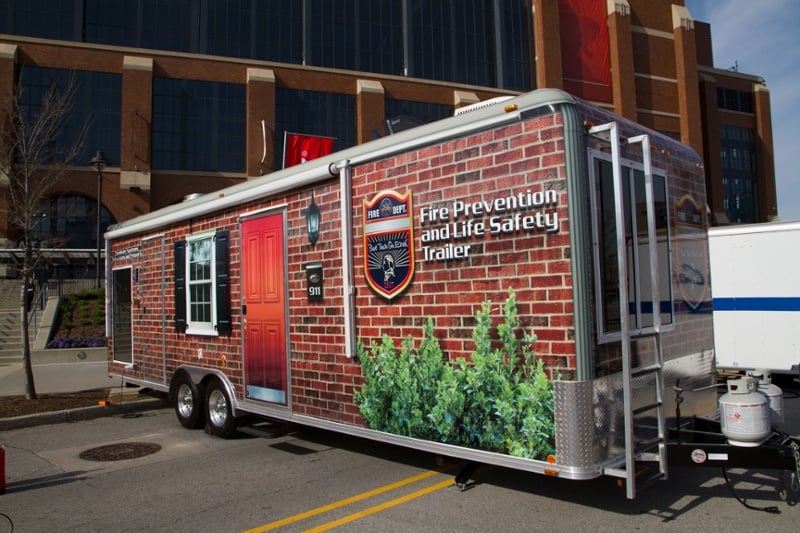
-1-1.jpg)
